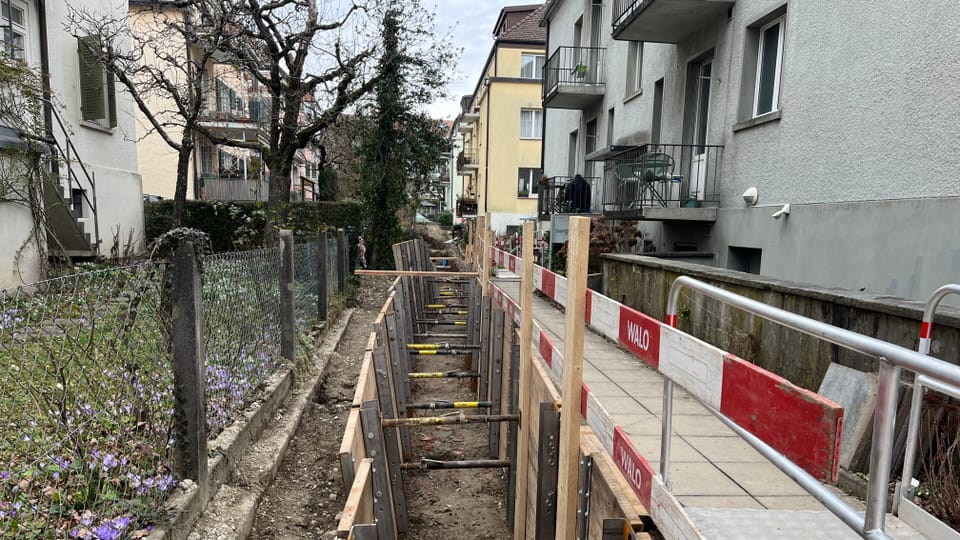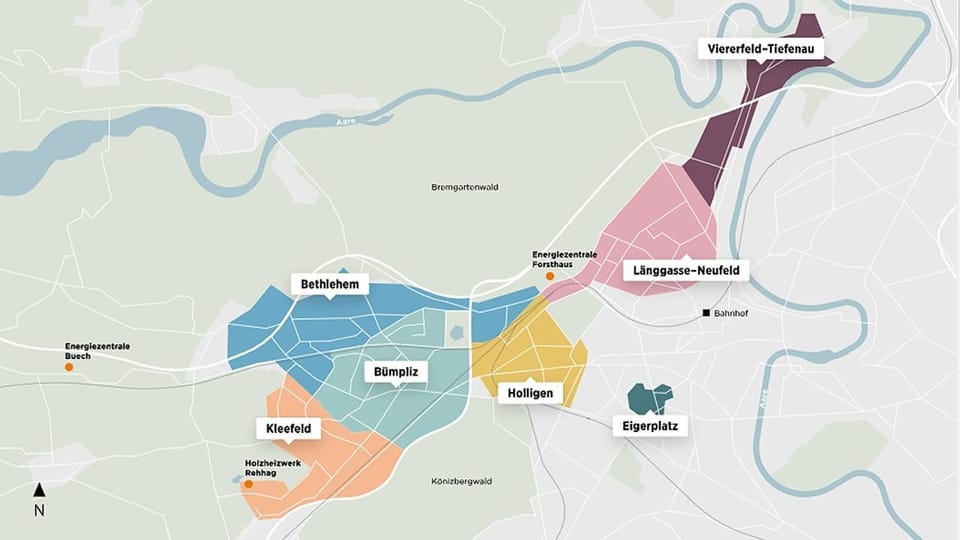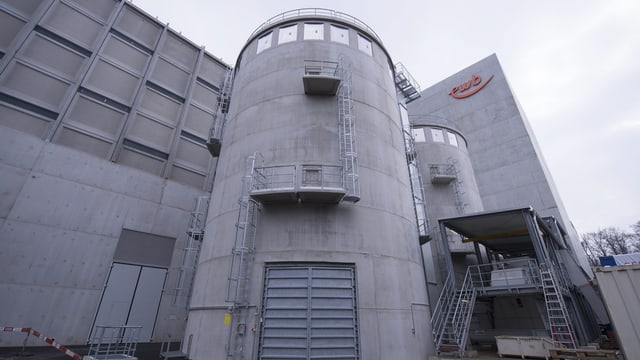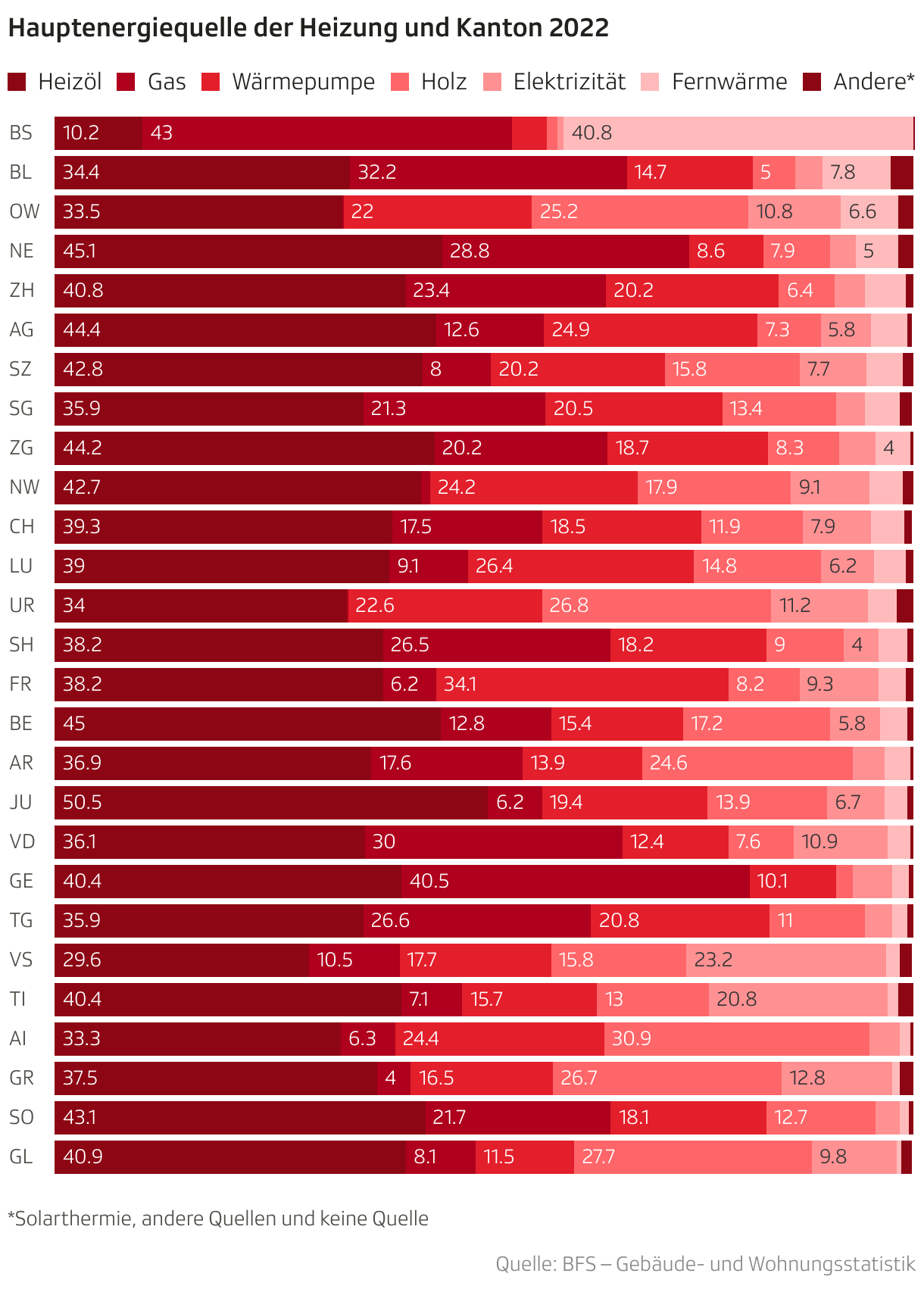Contents
Many cities are currently expanding their district heating networks. Are these high investments worth it? A look at Bern.
The district heating network in the city of Bern is currently around 50 kilometers long. In the next few years, the municipal energy supplier Energie Wasser Bern (EWB) wants to double the network. And that is currently visible and audible, especially in the west of the city of Bern: there is hardly a neighborhood without noisy construction sites. Thick pipes for the district heating lines are laid in trenches around three meters deep.
EWB is investing half a billion francs in expanding the district heating network in the west of the city. The energy supplier wants to invest the same amount of money in another district heating network in the east of the city.
Even for a public company, these are large sums of money. “We are of course dependent on enough properties being connected to the district heating network,” says Michael Jaun, Head of Networks at EWB. There is no obligation to connect. For the investments to pay off, around 80 percent of the total district heating energy would have to be purchased.
The property owner’s perspective
Lukas Bürki lives in Bümpliz Süd and therefore exactly in the area of the planned district heating network for the city of Bern. He would like to replace the gas heating in his house with district heating. “EWB indirectly invests half a billion francs of our tax money, so it’s good if it is used,” says Bürki. In addition, district heating is more ecological.

Legend:
Due to the expansion of district heating, there are currently numerous construction sites in the city of Bern.
Leonie Marti/SRF
But he also has another perspective: He owns a condominium on the street opposite, in a house with a total of eight apartments and oil heating. “As a condominium community, we are rather critical of district heating,” says Bürki. Ecological questions are not the focus; the question of economic viability is much more important.
This example shows the dilemma with district heating: Anyone planning a district heating network should be able to assure interested building owners that the district heating will come.
But this is only possible if enough people decide to connect. “This is a typical chicken-and-egg problem,” says ZHAW energy expert Jürg Rohrer. Because the risk is relatively high, especially at the beginning, urban energy suppliers in particular are predestined to make these investments, says Rohrer.

Legend:
The district heating network is being expanded in these districts of Bern.
ZVG/EWB
In the case of the district heating network in the west of the city of Bern, Michael Jaun from Energie Wasser Bern is optimistic that enough connections can be implemented. “There are many customers who want to rely on renewable heat sources,” says Jaun. Around a third of the required connections have been guaranteed so far.
District heating: Basel is ahead
Across the entire canton of Bern, the proportion of district heating connections compared to other energy sources for heating is 3.2 percent. This means that the proportion is below the Swiss average of 3.8 percent. In the canton of Zurich, the share of district heating is 4.8 percent. The proportion is by far the largest in the canton of Basel-Stadt at 40.8 percent.
Energy expert Jürg Rohrer assumes that there will be two to three times as many district heating networks in Switzerland in the future as there are today. So there are major investments ahead in many cities and communities – and also numerous noisy construction sites.

